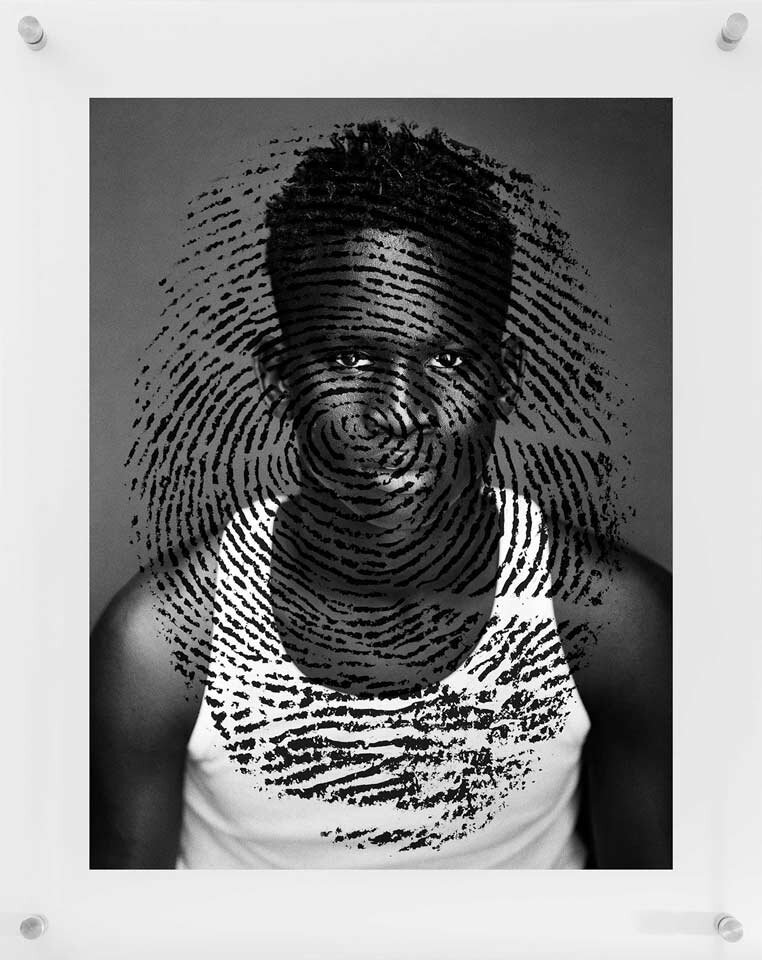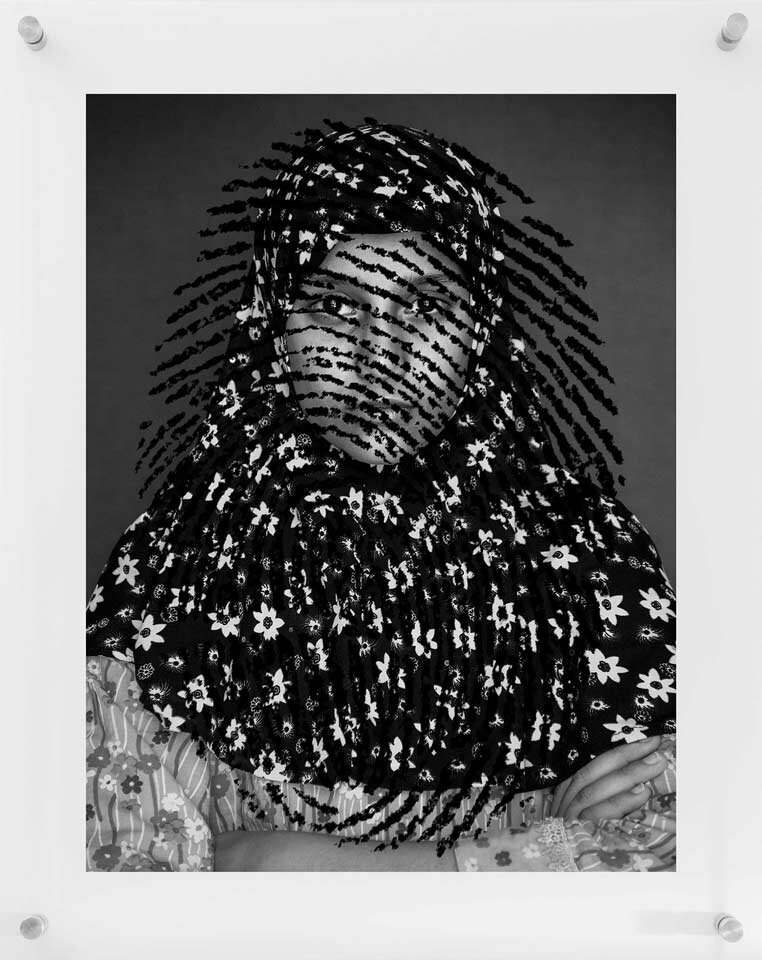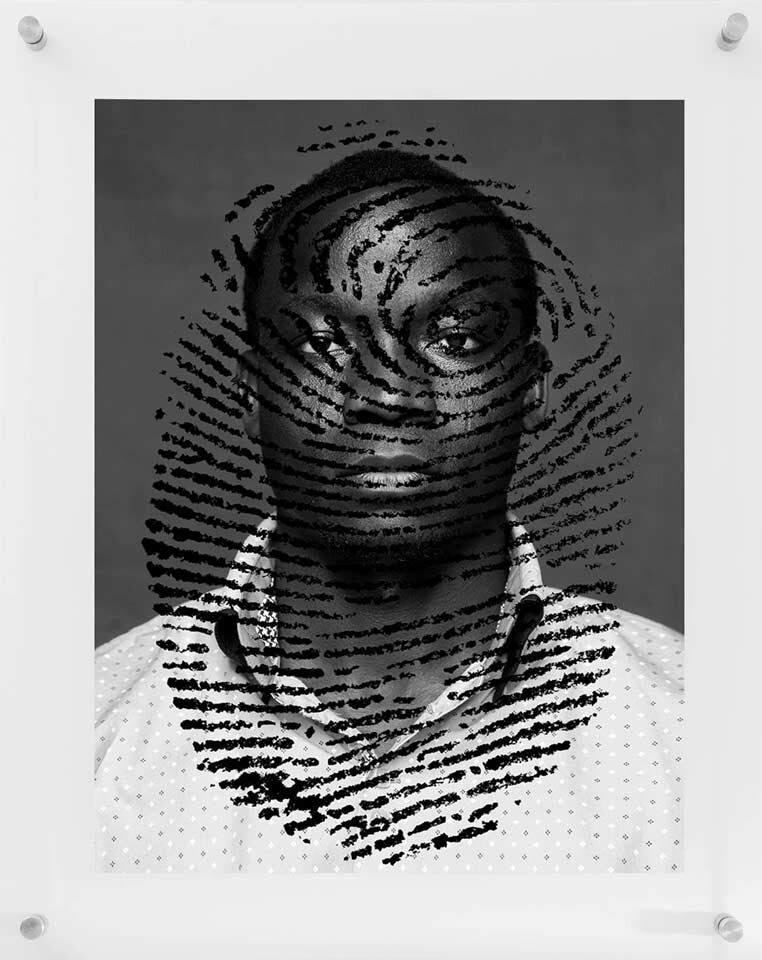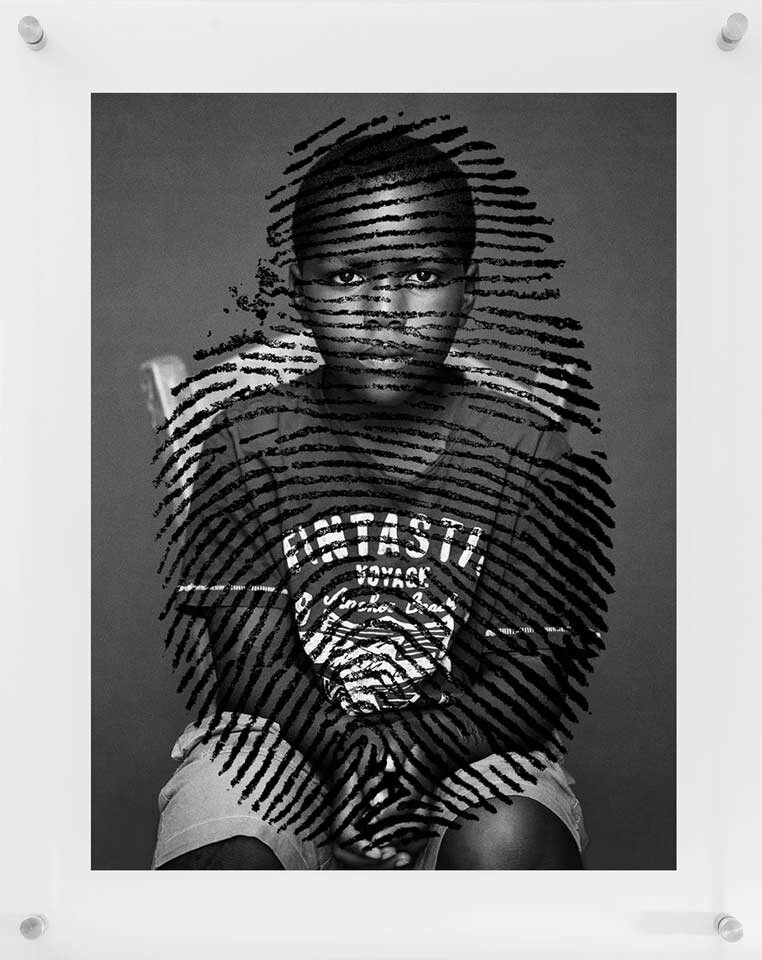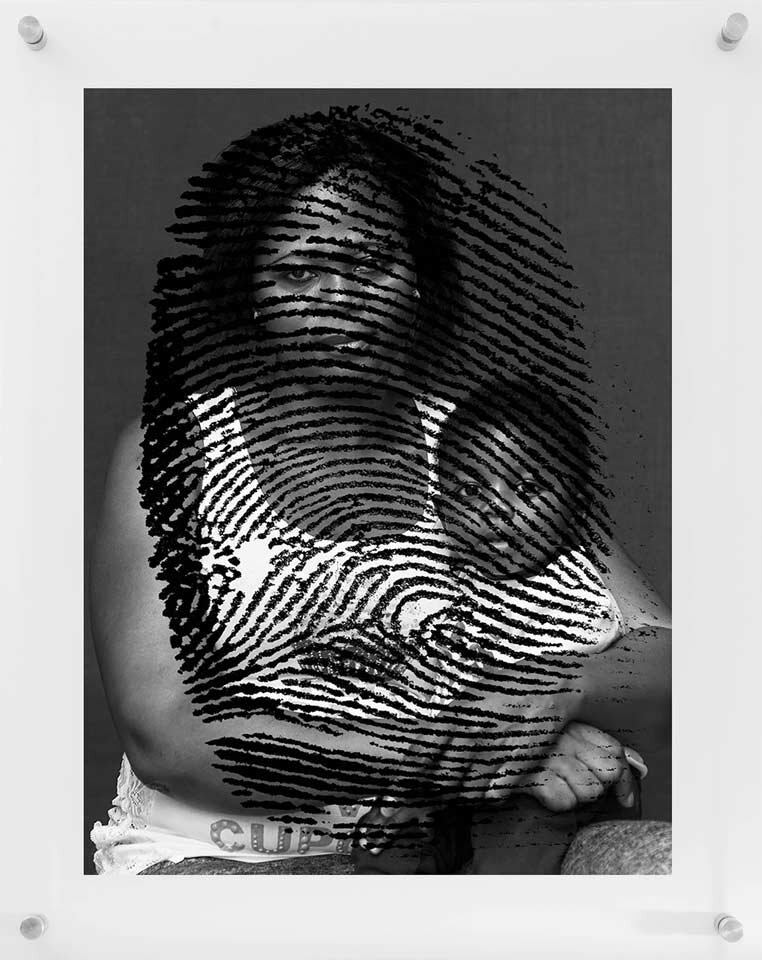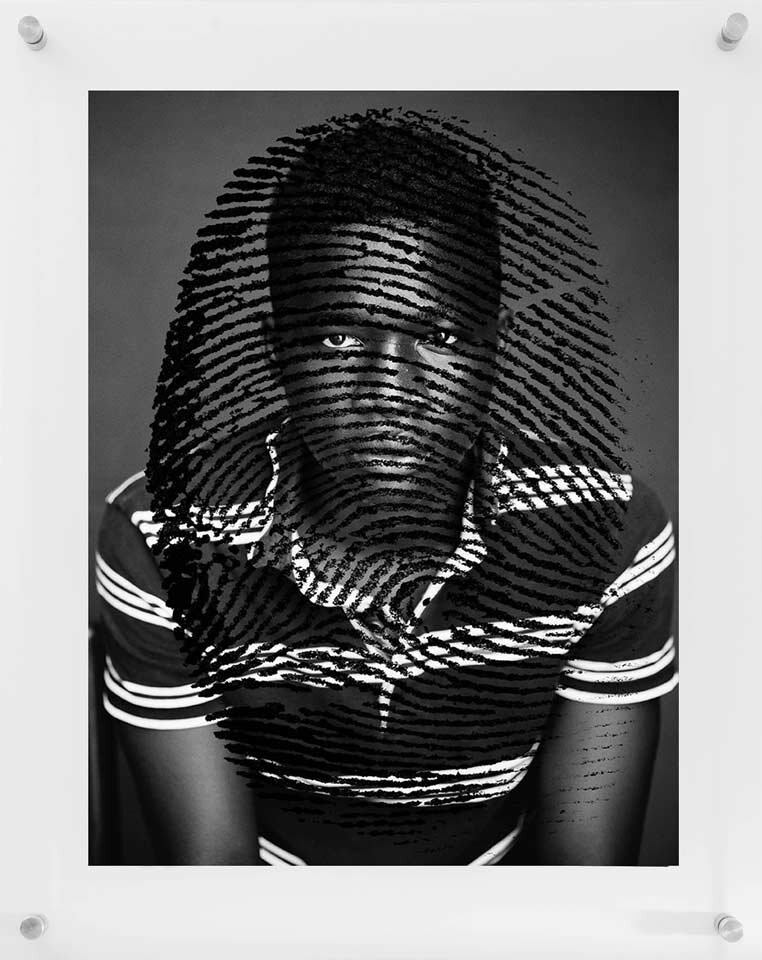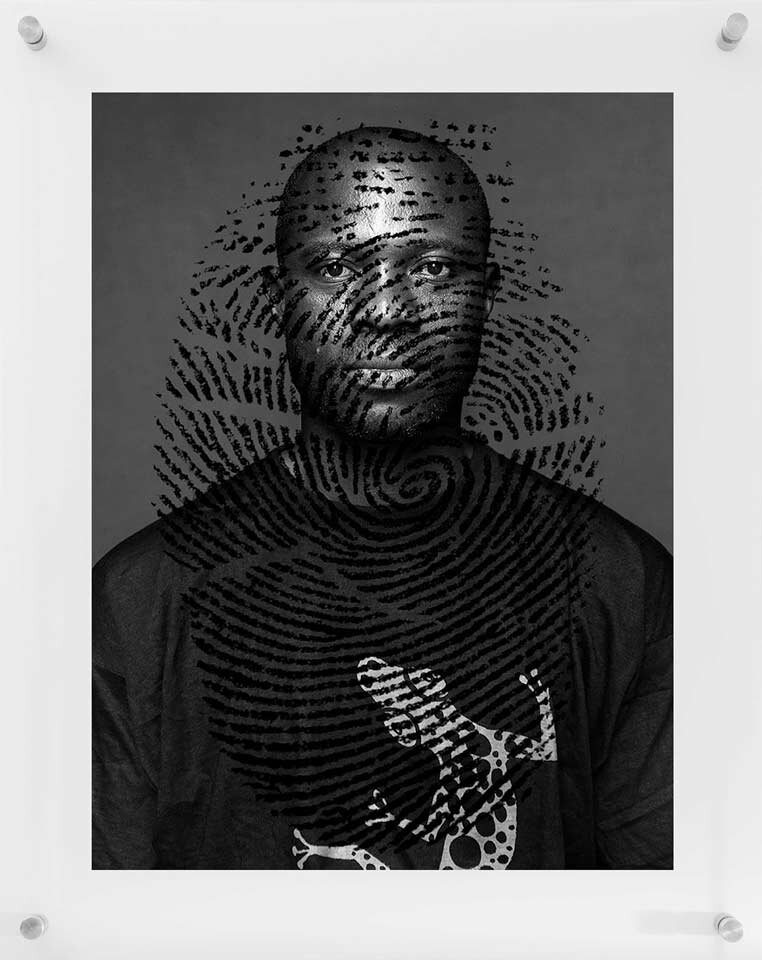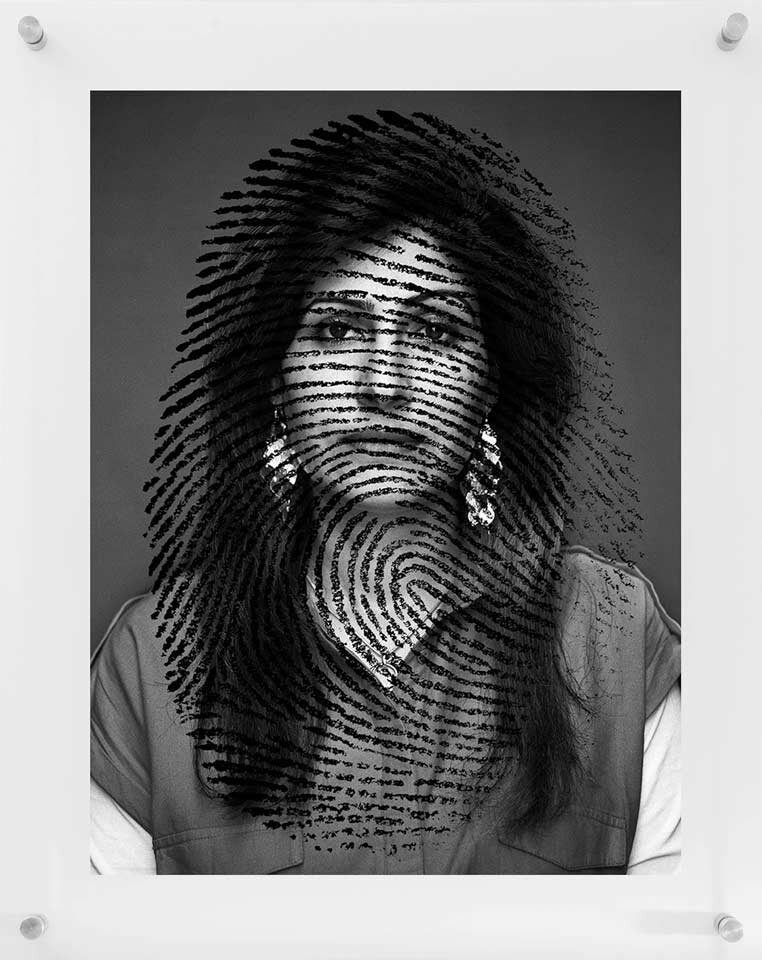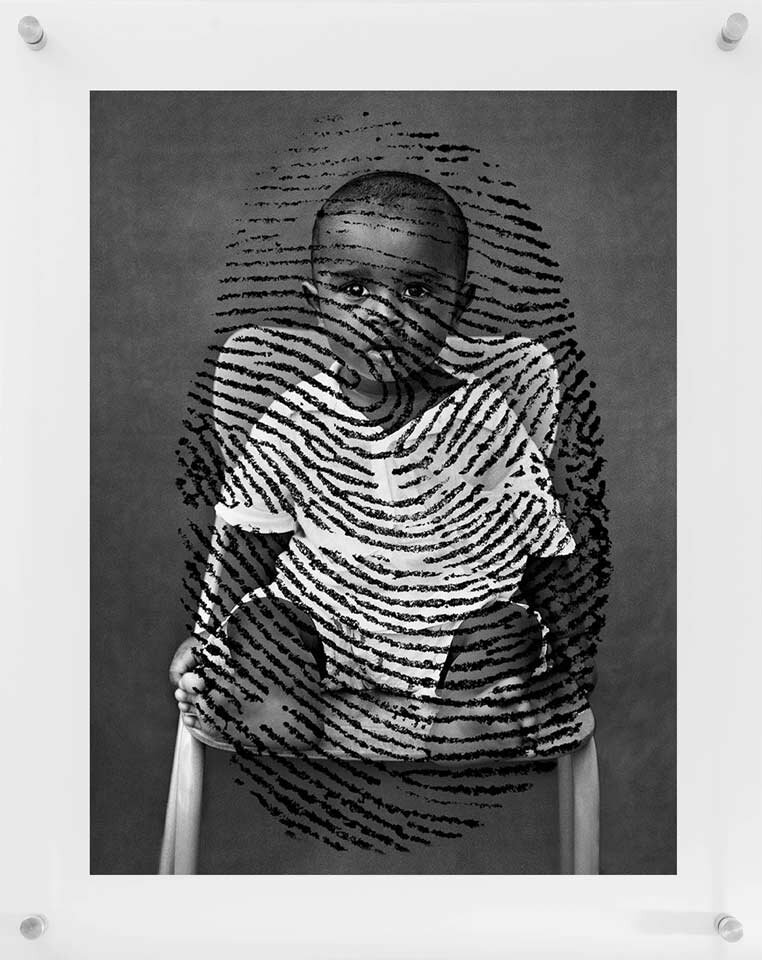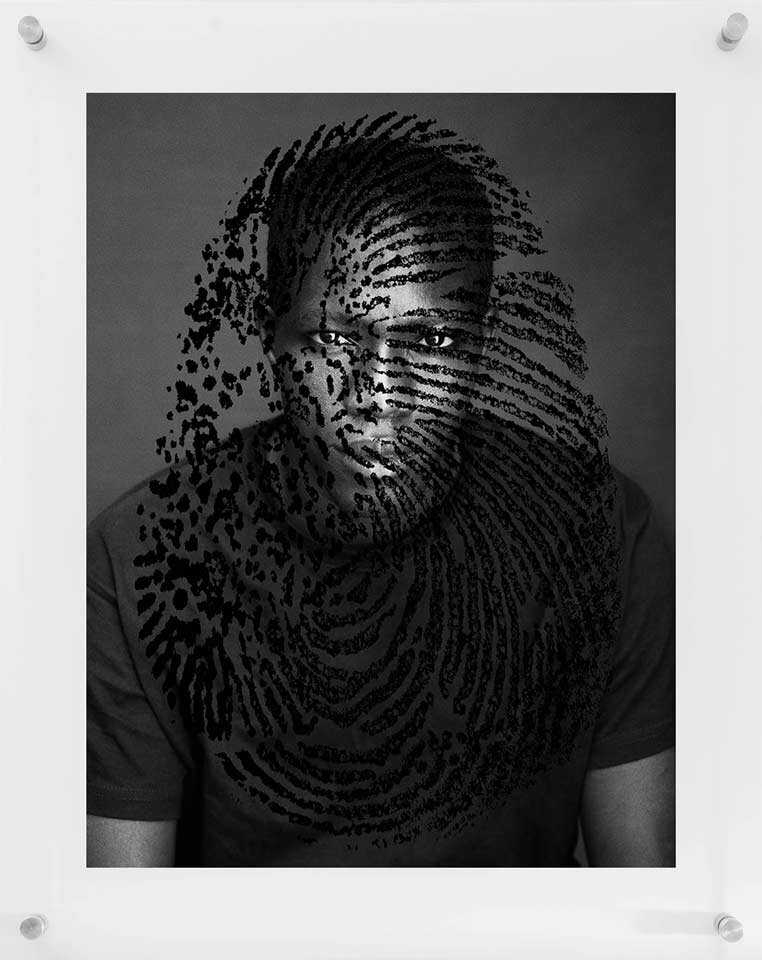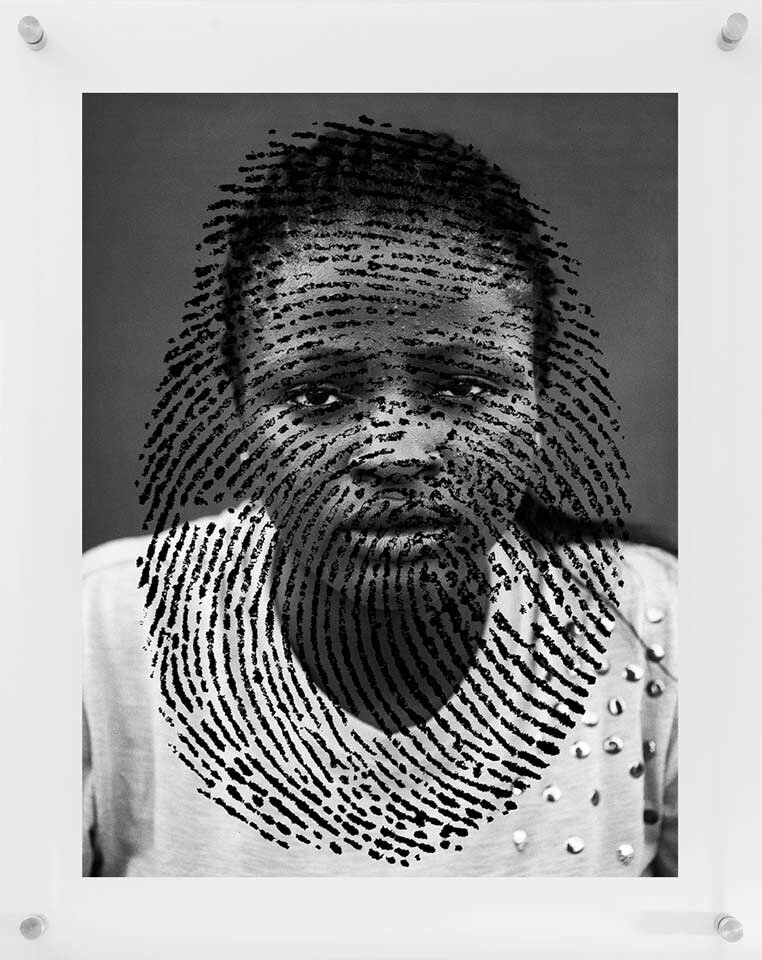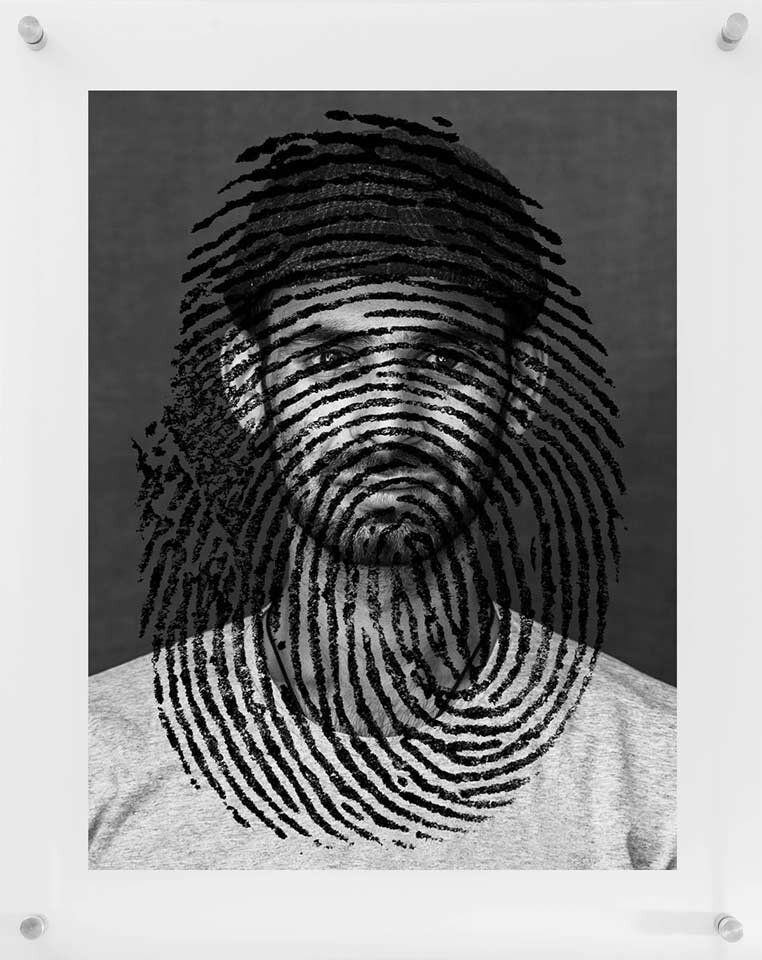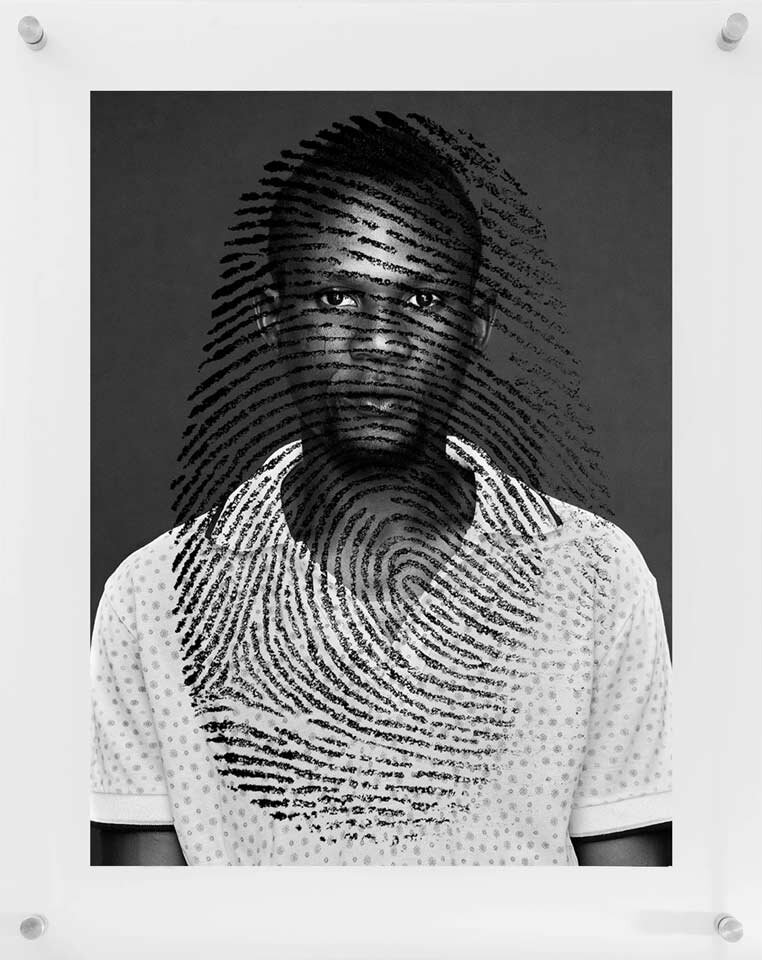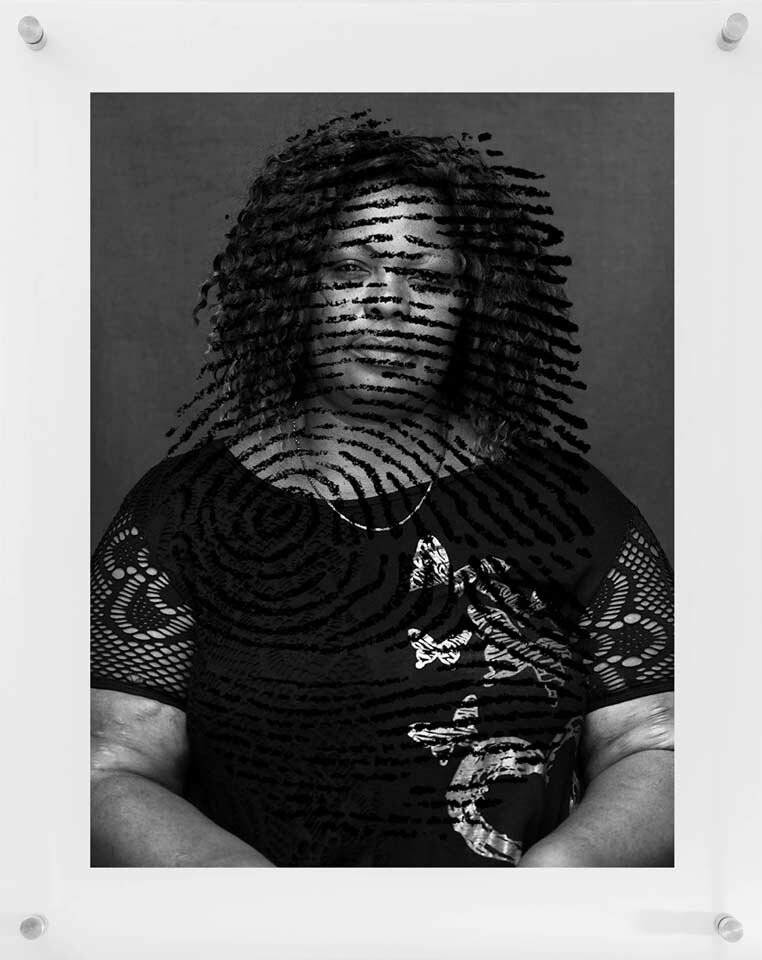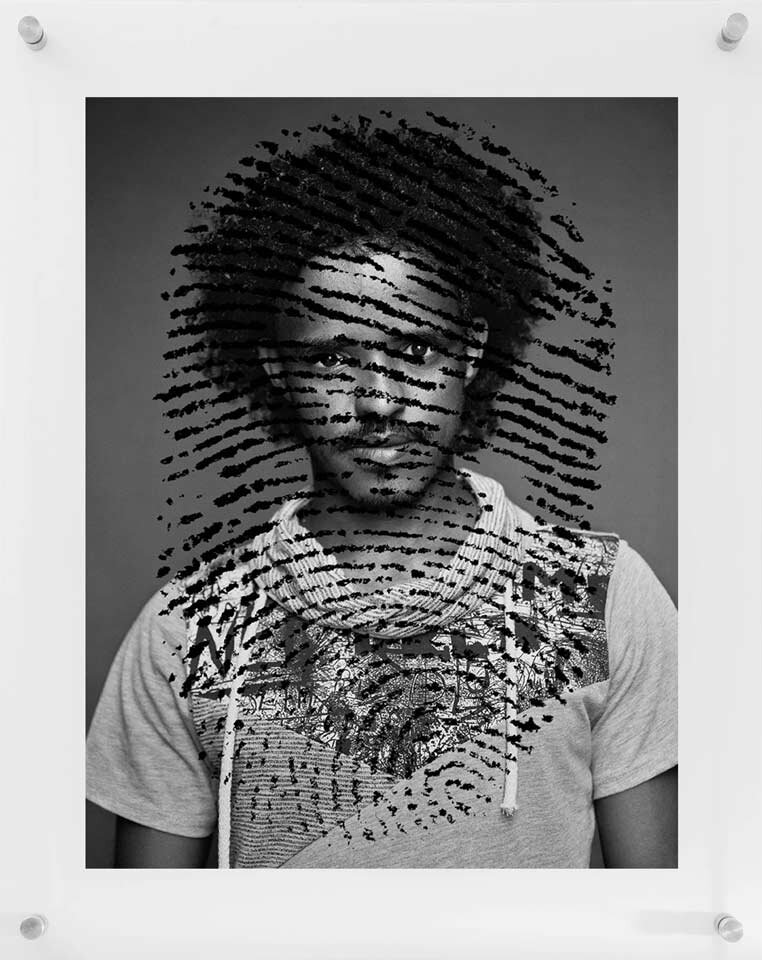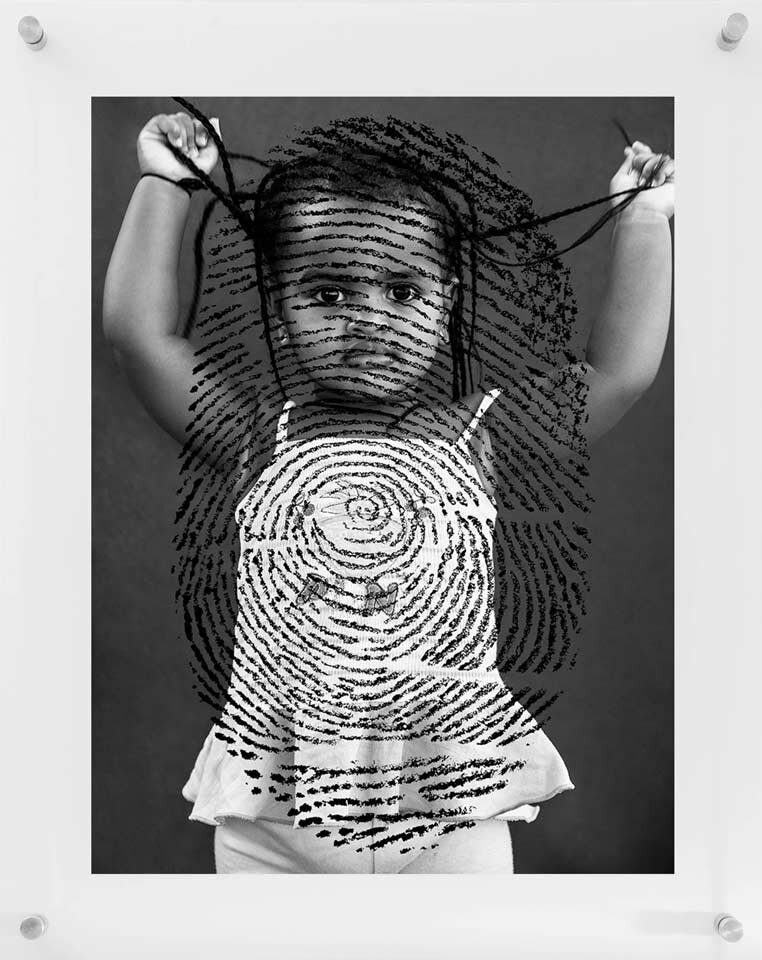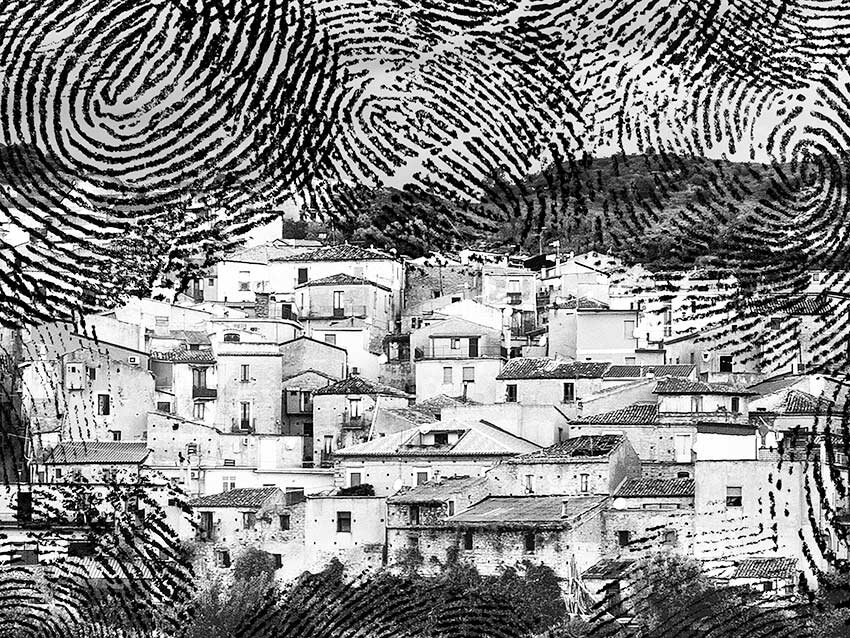WE ARE HERE
Caroline Gavazzi visited the Calabrian town of Riace – home to refugees from more than 20 nations – for the project We Are Here. She took photos that show the reality of these people: men, women, young people who have stories to tell, hopes to nurture, words of brotherhood to speak, in their various languages and in their new Italian.
ⓘ Click on the large images above for details
by Roberto Mutti
From afar, you can hear the rhythmic rocking of the bells on the necks of sheep grazing; along the town roads, it is a symphony of doors squeaking, windows slamming, children’s laughter. And if there is a little breeze, you can also smell the nearby sea. This is where it all started, from a boat that landed in 1999 on the shores of Riace with a load of people who had left behind them brutality well worth forgetting, and who was holding new hopes. They were Kurdish, descendants of an ancient Mesopotamian civilization, and the shore they landed on was once called Magna Graecia, as it shared culture, richness, and a sense of hospitality with the Ancient Greek civilization. Different times, different and faraway greatness, whose memory fades in the face of a present that wipes out opportunities. Too many people leave, homes are emptying, the economy is grinding to a halt. But the foreigners who keep arriving can provide new hope, just like the one Italians are seeking elsewhere. A determined mayor, Domenico Lucano, convinced everyone that a warm welcome could give a new lease of life to the town: the utopia of normality, as they call it here, manifests itself through new craft shops, a school that is filling up, homes that are recuperated, just like dignity and respect.
Gavazzi experienced this first-hand, convinced that only direct and profound contact with these people could produce an intense project, taking form through her poetic lens, typically far away from realistic reporting. She thus took pictures of these people originating from faraway countries, pulling out the reality of their existence as men, women, young people who have stories to tell, hopes to nurture, words of brotherhood to speak, in their various languages and in their new Italian. In front of every portrait, she placed a blow-up of a fingerprint printed on a Plexiglas sheet, to obtain an ambiguous effect, positively highlighting the importance of identity but concurrently remembering police profiling. Gavazzi transformed these people – initially just the subject of superficial attention, they are now protagonists affirming their existence, stating “We are here”. And they are happy if those welcoming them can say the same. Gavazzi thus asks us to observe those faces through the fingerprint that stands before them. The observation effort becomes a metaphor for the effort made to go beyond the surface and beyond prejudice in order to grasp the real essence of people. To notice, maybe, that we are all looking in the mirror.
English translation by Chiara Scassa

